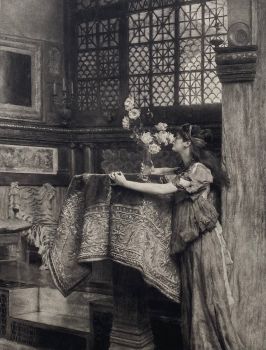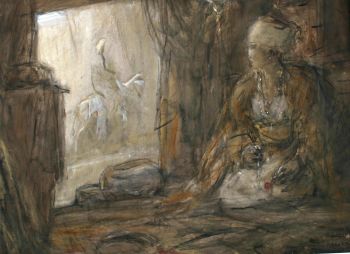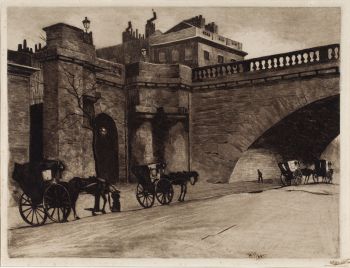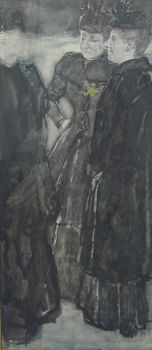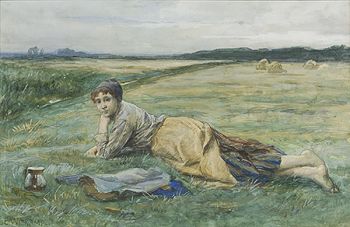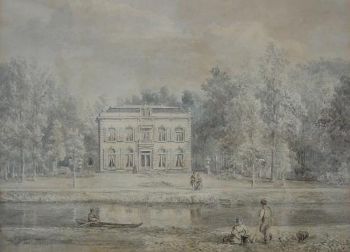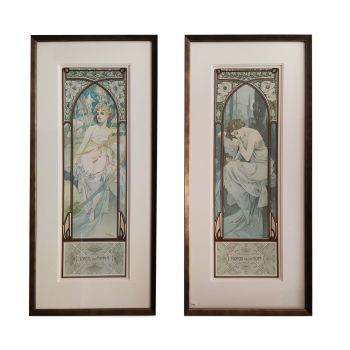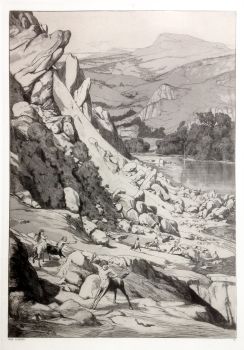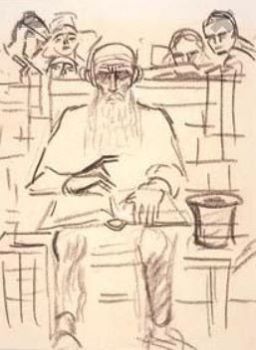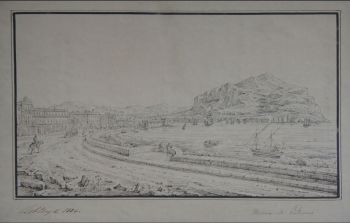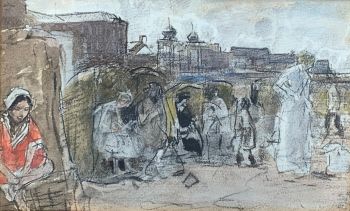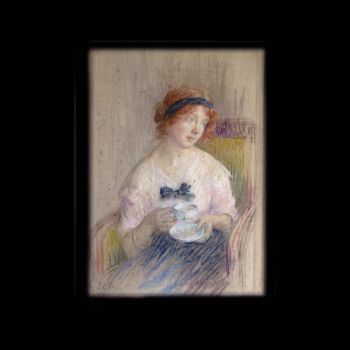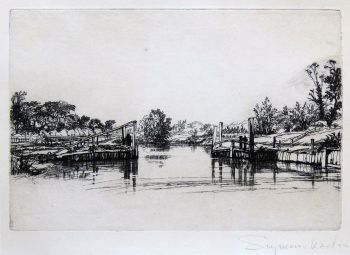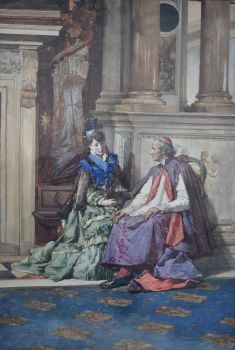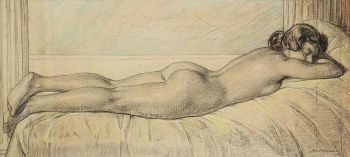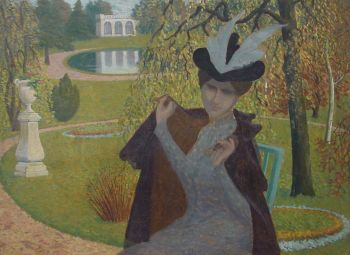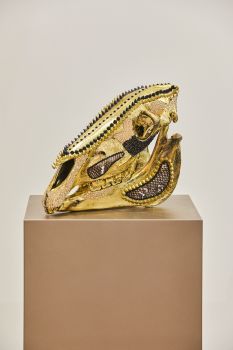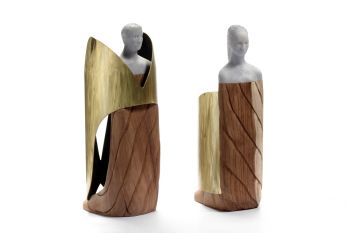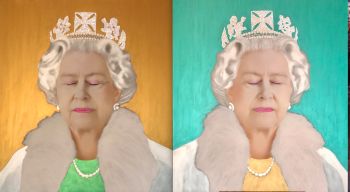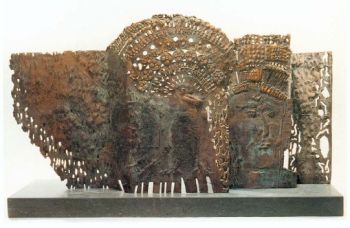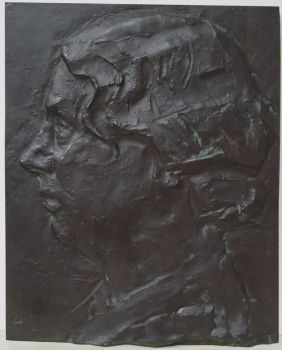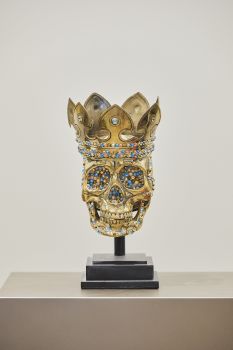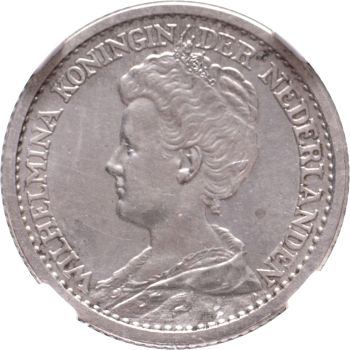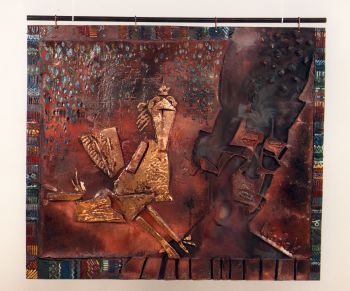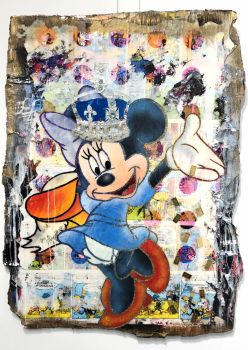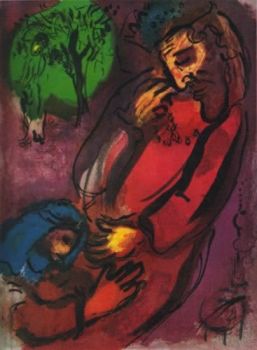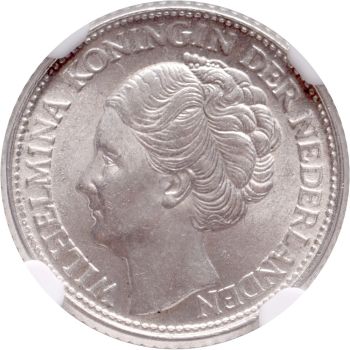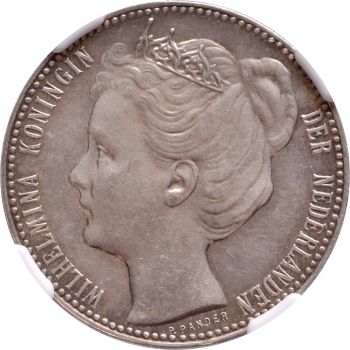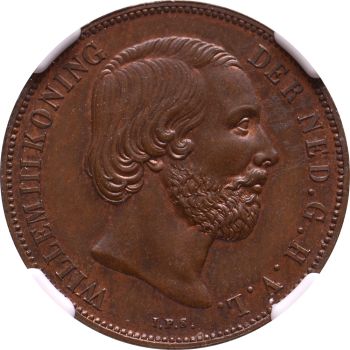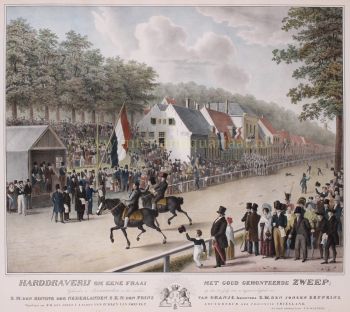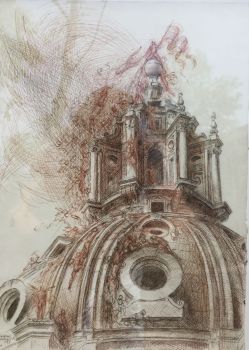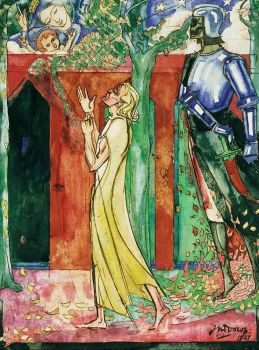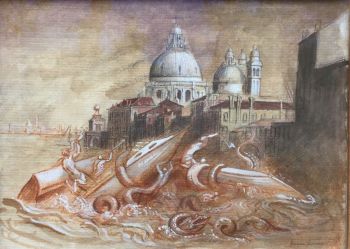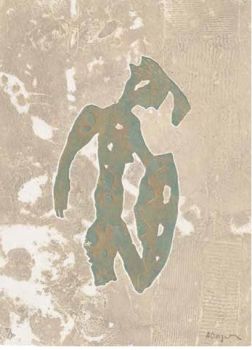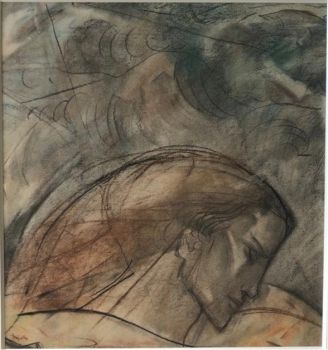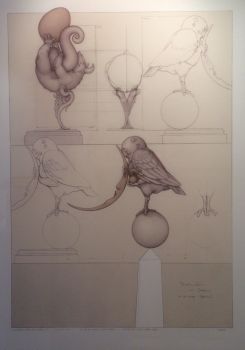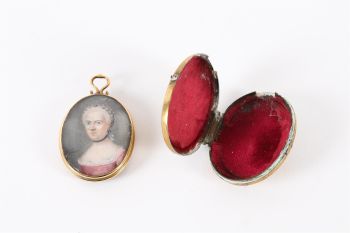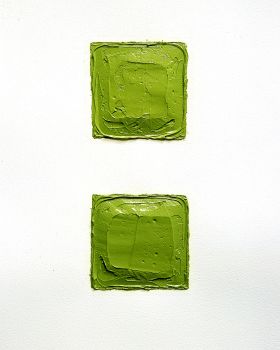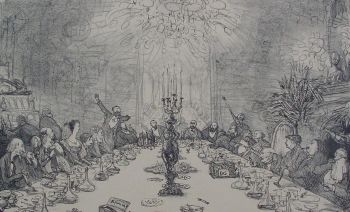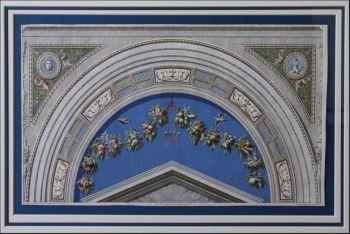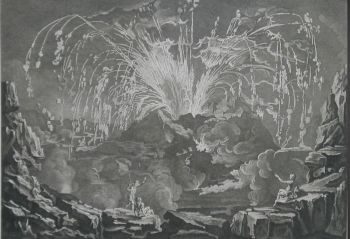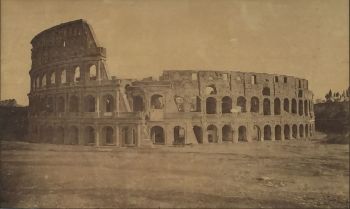Portret van een Prinses van Hessen 1808
Jean-Baptiste Isabey
InktPapierPenAquarel
19 ⨯ 15 cm
€ 2.850
Robert Schreuder Antiquair
- Over kunstwerkJean-Baptiste Isabey (Nancy 1767-1855 Paris): Portret van een Prinses van Hessen, getekend en gedateerd 'Isabey 1808' (verbleekt, rechtsonder). Potlood en waterverf op papier. Onze elegante aquarel wordt al sinds de tentoonstelling in het Rijksmuseum in 1929 (of zelfs daarvoor) als een Prinses van Hessen aangeduid. We weten niet waar deze toeschrijving vandaan komt of welke prinses dit zou kunnen zijn, aangezien de familie van Hesse vele takken en familieleden kende. Wat echter opvalt is de grote gelijkenis met Louise von Baden, die zelf geen prinses van Hessen was, maar wiens moeder dat wel was. De vorm van haar gezicht, de mond, ogen en haren zijn allemaal zeer vergelijkbaar met Louise, die beter bekend is als Keizerin Elizaveta Alexeievna van Rusland, echtgenote van tsaar Alexander I.Tentoongesteld Amsterdam, Rijksmuseum, Tentoonstelling van Oude Kunst, 1929, cat. no. 224Literatuur Catalogus: Tentoonstelling van Oude Kunst, 1929, catalogus nummer 224 D. Hannema, Catalogue of the H.E. Ten Cate Collection, Rotterdam, 1955, p. 138, no. 247
- Over kunstenaarAt the age of nineteen, after some lessons from François Dumont, miniature painter to Queen Marie Antoinette, he became a pupil of Jacques-Louis David. Employed at Versailles on portraits of the dukes of Angoulême and Berry, he was given a commission by the queen, which opens the long list of those he received from successive French rulers until his death in 1855.
Patronized by Josephine and Napoleon Bonaparte, he arranged the ceremonies of their coronation and prepared drawings for the publication intended as its official commemoration, a work for which he was paid by Louis XVIII, whose portrait (engraved by Debucourt) he executed in 1814. Although Isabey did homage to Napoleon on his return from Elba, he continued to enjoy the favour of the Restoration, and took part in arrangements for the coronation of Charles X.
The July Monarchy conferred on him an important post in connection with the royal collections, and Napoleon III granted him a pension, and the cross of commander of the Legion of Honor. Review of Troops by the First Consul was one of his most important compositions, and Isabey's Boat – a charming drawing of himself and family-produced at a time when he was much occupied with lithography – had an immense success at the Salon of 1820 (engraved, Landon, Annales, i. 125). His portrait of Napoleon at Malmaison is held to be the best ever executed, and even his tiny head of the king of Rome, painted for a breast-pin, is distinguished by a decision and breadth that show the hand of a master.[1]
A biography of Isabey was published by Edmond Taigny in 1859, and Charles Lenormant's article, written for Michaud's Biog. Univ., is founded on facts furnished by Isabey's family.
His son, Eugène, also became a well known painter.
Some exhibitions:
Jean-Baptiste Isabey : portraitiste de l'Europe. Octobre 2005-janvier 2006, Musée du Château de Malmaison
Jean-Baptiste Isabey : portraitiste de l'Europe. 28 janvier 2006-18 avril 2006, Musée des Beaux-Arts de Nancy.
Bent u geïnteresseerd om dit kunstwerk te kopen?
Artwork details
Categorie
Onderwerp
Stijl
Materiaal & Techniek
Kleur
Related artworks
Onbekende Kunstenaar
Set of eight gouache drawings1799 - 1801
Prijs op aanvraagRobert Schreuder Antiquair
Onbekende Kunstenaar
Set Franse Empire Pendules / Empire Lectura penduleearly 19th
Prijs op aanvraagKuipers Kunst & Antiek
Onbekende Kunstenaar
18e-eeuwse diamanten armband met 2000 jaar oude Romeinse intaglio's1790
€ 23.000Adin Fine Antique Jewellery
 Gecureerd door
Gecureerd doorDanny Bree
1 - 4 / 14Willem Witsen
Wachtende rijtuigen voor de Waterloopbrug1850 - 1900
Prijs op aanvraagKunsthandel Pygmalion
Albert Clouard
Elegante à la cape (Elegante dame met mantel)1866 - 1900
Prijs op aanvraagKunsthandel Pygmalion
Jan Voerman sr
Stilleven met bloemen in een Chinees beeldje1850 - 1900
Prijs op aanvraagKunsthandel Pygmalion
1 - 4 / 24Reynier de Haan
An elegant Louis XVI Dutch Silver Monteith Bowl 1778
Prijs op aanvraagJacob J. Roosjen SRI
Lambertus Zijl
Portret van Juliana, koningin der Nederlanden (1948-1990)1900 - 1950
Prijs op aanvraagKunsthandel Pygmalion
1 - 4 / 24- 1 - 4 / 24
Onbekende Kunstenaar
Twee centauren, Frans of Italiaanslate 18th
Prijs op aanvraagRobert Schreuder Antiquair
1 - 4 / 12
















